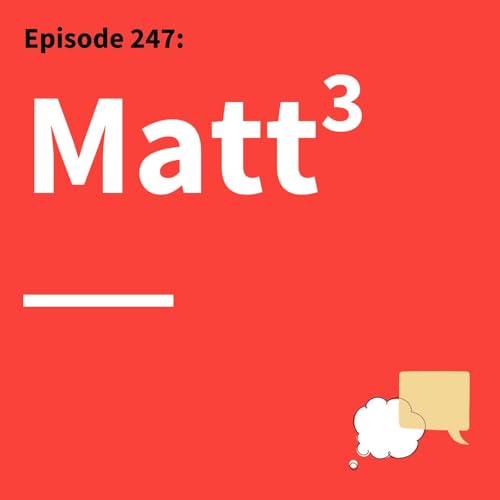Transform how you communicate with tools that make your message stick.
Sometimes the best way to explain an idea is to show it. That’s why Loom was built — to make communication more visual, authentic, and efficient. By combining video, screen sharing, and AI-powered editing, Loom helps teams connect and collaborate asynchronously, no matter where they are.
In this episode of the Think Fast, Talk Smart Tech Tools miniseries, host Matt Abrahams talks with Joe Thomas, co-founder and CEO of Loom, now part of Atlassian, about how asynchronous video can make communication clearer, faster, and more personal. They discuss why “show, don’t tell” is such an effective communication principle, how authenticity builds trust, and why recording yourself might be one of the best ways to improve how you communicate.
In addition to insight-packed discussions, this miniseries explores innovative tools that enhance the way we communicate and connect. Whether you want to make your presentations more memorable, craft stories that stick, or connect with your audience on a deeper level, these episodes will help you communicate with greater clarity, confidence, and impact.
Episode Reference Links:
- Joe Thomas
- Ep.227 Tech Tools: Move Your Audience By Moving Through Your Presentation
- Ep.230 Tech Tools: Use Visuals to Your Advantage
- Ep.233 Tech Tools: Write with Confidence and Impact
- Ep.236 Tech Tools: Zeroing in on Your Email Communication
- Ep.239 Tech Tools: How Smarter Scheduling Leads to Stronger Communication
Connect:
- Premium Signup >>>> Think Fast Talk Smart Premium
- Email Questions & Feedback >>> hello@fastersmarter.io
- Episode Transcripts >>> Think Fast Talk Smart Website
- Newsletter Signup + English Language Learning >>> FasterSmarter.io
- Think Fast Talk Smart >>> LinkedIn, Instagram, YouTube
- Matt Abrahams >>> LinkedIn
Chapters:
- (00:00) - Introduction
- (01:18) - Loom Elevator Pitch
- (02:27) - Creation of Loom
- (03:50) - Show, Don’t Tell: Using Video Effectively
- (08:39) - Favorite Communicator
- (09:43) - Communication Hack or Tool
- (12:46) - Conclusion
*******
Thank you to our sponsors. These partnerships support the ongoing production of the podcast, allowing us to bring it to you at no cost.
Try Prezi today and get 25% off exclusively at prezi.com/thinkfast.
 18 min
18 min 24 min
24 min 21 min
21 min 27 min
27 min 29 min
29 min 14 min
14 min Nov 11 202525 min
Nov 11 202525 min 29 min
29 min
